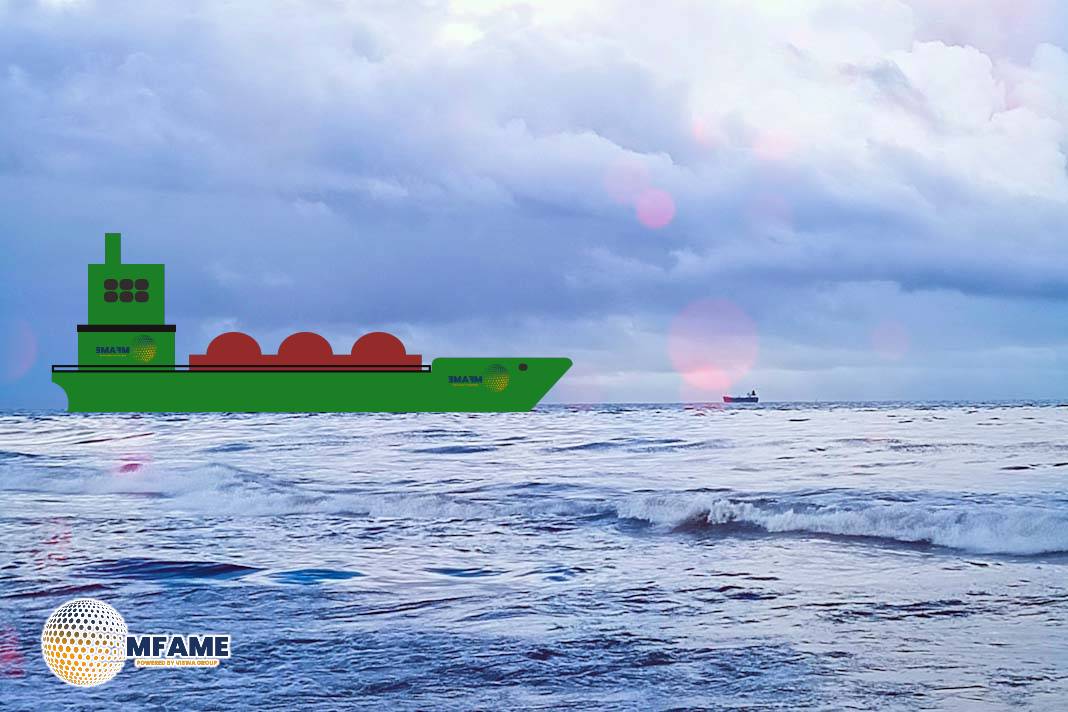As the maritime industry seeks sustainable alternatives to traditional fuels, ammonia is emerging as a promising candidate. Engine manufacturers like Wärtsilä, MAN Energy Solutions, and WinGD are actively developing ammonia-capable engines, with the first ammonia-powered vessels expected by 2025. Lloyd’s Register answers the frequently asked questions about ammonia.
Can ammonia be used as a marine fuel?
Ammonia can be used as a marine fuel and is increasingly being considered a viable alternative to traditional marine fuels. Engine makers such as Wärtsilä, MAN Energy Solutions, and WinGD are developing ammonia-capable engines, and the first ammonia-powered ships are expected to be in operation by 2025.
What are the challenges of ammonia as a marine fuel?
Challenges such as its toxicity, storage, and handling safety need to be addressed when discussing ammonia’s suitability as a marine fuel. Additionally, the development of appropriate engine technologies and infrastructure to support ammonia as a marine fuel is still in progress.
What are the disadvantages of ammonia fuel?
Disadvantages of ammonia fuel include its toxicity, potential for producing NOx emissions during combustion, and lower energy density compared to conventional marine fuels. Additionally, ammonia requires a pilot fuel for consistent combustion, which complicates its usage.
What is ammonia used for?
Ammonia is primarily used in the production of fertilisers, accounting for about 70% of its use. It is also used as an industrial chemical in various manufacturing processes.
Why don’t we use ammonia as a fuel?
Ammonia is not currently widely used as a fuel due to its toxicity, handling and storage complexities, lower energy density, and the current lack of infrastructure and technology for safe and efficient usage. However, work is ongoing to address these concerns.
How toxic is ammonia as a fuel?
Ammonia is highly toxic and can cause severe health issues, including irritation and burning of the skin, eyes, throat, and lungs. High levels of exposure can lead to severe lung damage and even be life threatening.
What are the problems with ammonia combustion?
Challenges with ammonia combustion can include inconsistent combustion requiring pilot fuels, and the potential for NOx emissions, which need to be managed with technologies like Selective Catalytic Reduction (SCR).
When not to use ammonia?
Ammonia should not be used in environments where its toxicity and handling difficulties present unacceptable risks, such as in areas without adequate safety infrastructure or where unregulated human exposure is likely.
What are your primary safety concerns around using ammonia as a marine fuel?
Primary safety concerns include the risk of toxicity to crew and the environment, as well potential for leaks and corrosive damage. There is a need for specialised systems and protocols to handle, store, and use ammonia safely onboard vessels.
Did you subscribe to our daily Newsletter?
It’s Free Click here to Subscribe!
Source: Lloyd’s Register
















